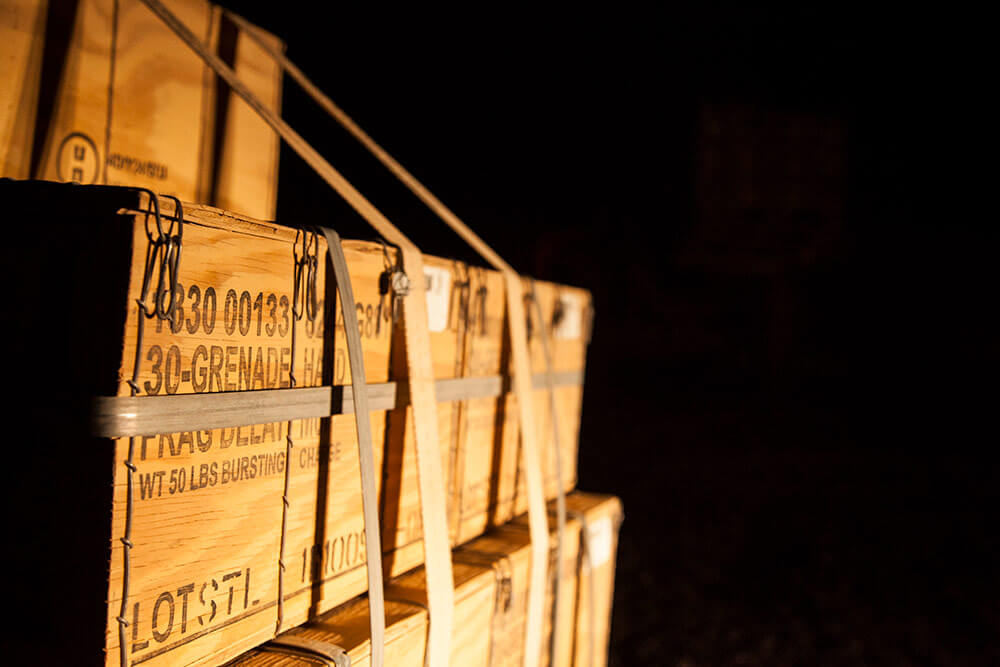Priming for Decisive Action
United States Army Materiel Command (AMC) Commander GEN Gus Perna encouraged senior leaders to question what readiness really means during the Commander’s Forum this past February at Redstone Arsenal, Alabama.
“Are we ready today?” GEN Perna asked those gathered at the forum. “Are we on the hamster wheel when it comes to contracts, or are we getting ahead of it? This is about seeing ourselves and understanding [what] resources we need, how much time we need to get things done, where the priorities are and where we’re going to lead. We can’t be the Army Materiel Command of the old days,” GEN Perna said.
AMC – the primary materiel provider for the U.S. Army – is responsible for both the research and development of weapon systems, and the maintenance and distribution of parts. AMC ensures Soldiers have modern and lethal equipment that is configured for combat and ready on demand.
The general noted that, over the past 17 years of war, leaders, warrant officers, NCOs and enlisted Soldiers have faced a different type of enemy than those the United States faced in the past. Today, enemy attacks take place in space, at sea, on land and in the air.
Responding to Army Chief of Staff GEN Mark A. Milley’s call for the Total Army Force to be always ready to implement decisive action, AMC is building depth, breadth and speed in the Army’s global supply chain. According to U.S. Army reporting, AMC is undertaking an enterprise-wide effort –across its nine major subordinate commands, and 23 depots, arsenals and ammunition plants – to redistribute over one million pieces of equipment and improve unit readiness rates.
Materiel Command is developing agility and speed in maneuver and logistics by investing in state-of-the-art repair and resupply technologies, including 3-D printing at the tactical edge, to improve the speed of equipment maintenance. It also is upgrading Army prepositioned stocks across the globe to guarantee units have modernized equipment ready to use in response to any contingency.
“AMC’s responsibility is to set the theaters, and we are tasked to increase materiel readiness –whether it’s building the Army with equipment, improving our supply availability, reducing backorders or talent management – we are totally responsible for increasing materiel readiness,” GEN Perna said.
With a shift away from an agency-specific mindset, AMC leadership is working with a keen focus on synchronizing, integrating, maneuvering and delivering materiel readiness to the total Army.
“[We must not] maintain a narrow focus on what’s happening in an individual depot or laboratory, or in an office cubicle,” GEN Perna explained. “It also cannot be about the performance objective of one individual or the personality of one commanding general – it’s got to be the totality of this organization thriving to improve materiel readiness. Nobody else does this for the Army, and if we’re not doing it, we don’t need to exist.”
Readiness is asking if your vehicles could leave the motor pool tonight, or if we can transport all our people by plane and ship to another country,” he said. “We drive change, and it’s our job not only to ensure we are effective, but that we remain that way.”
Did you know
According to an Army.mil report, 70 percent of the Army’s sustainment community resides in the Reserve component.
By STAFF WRITER Matthew Liptak



